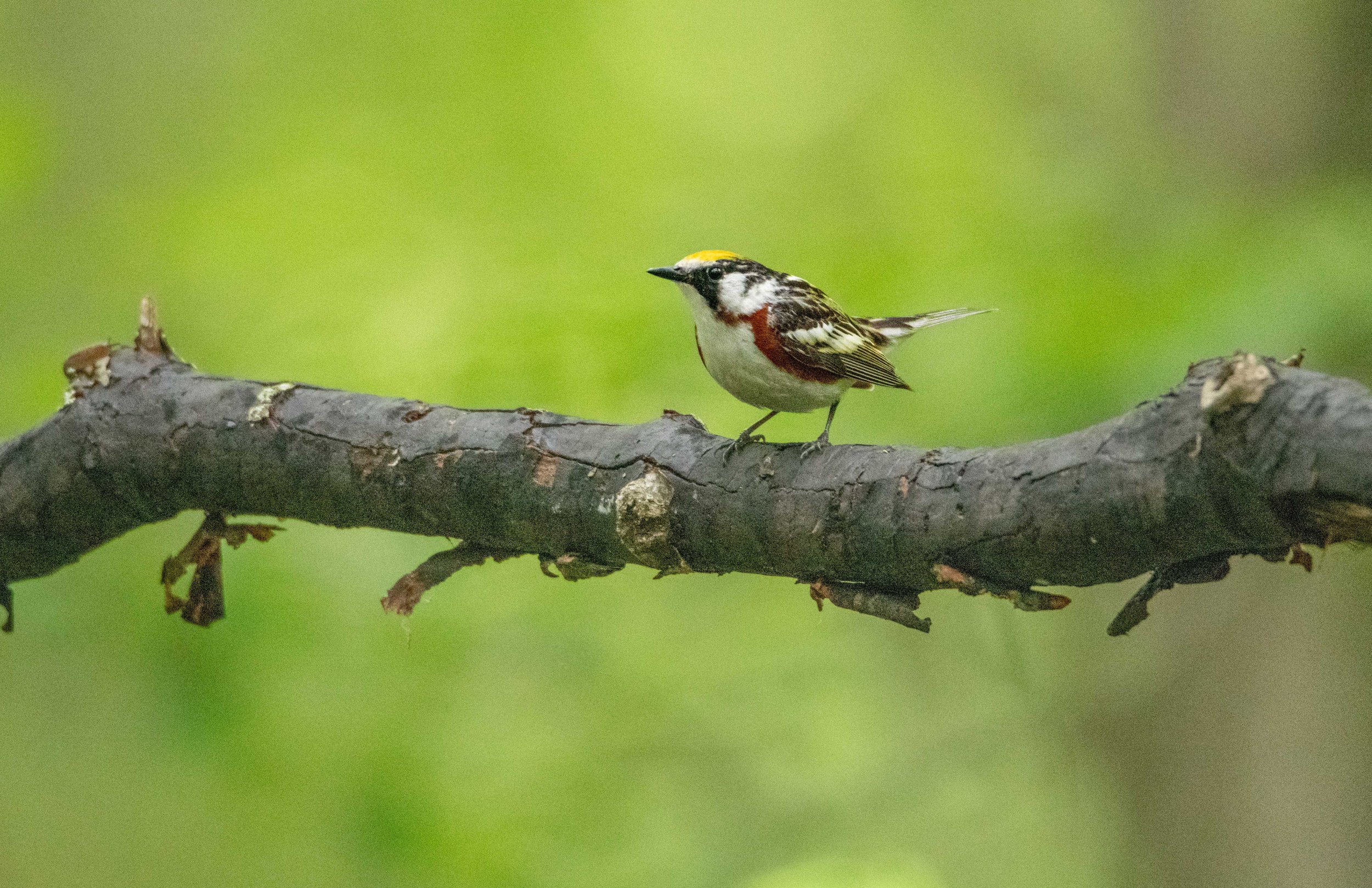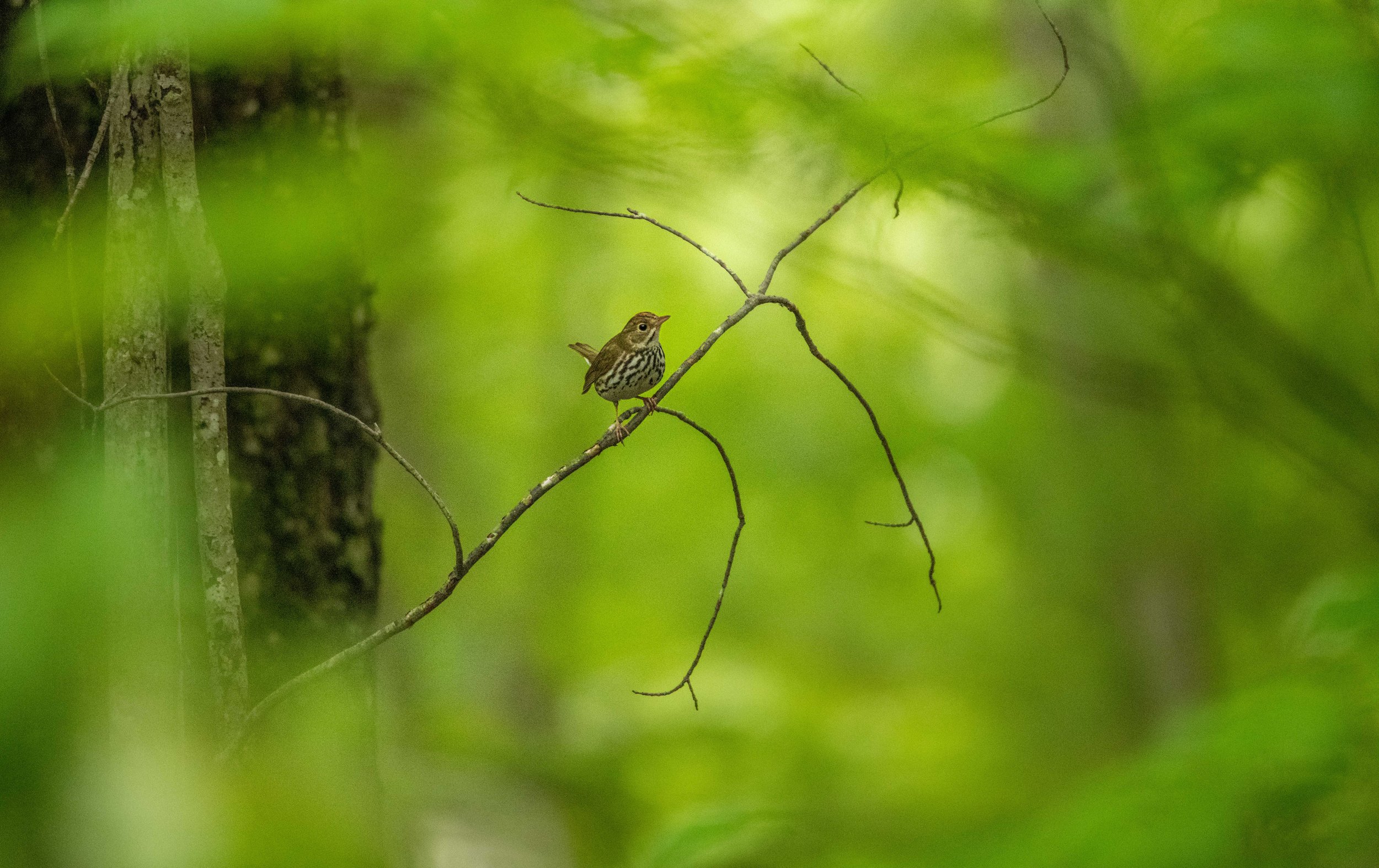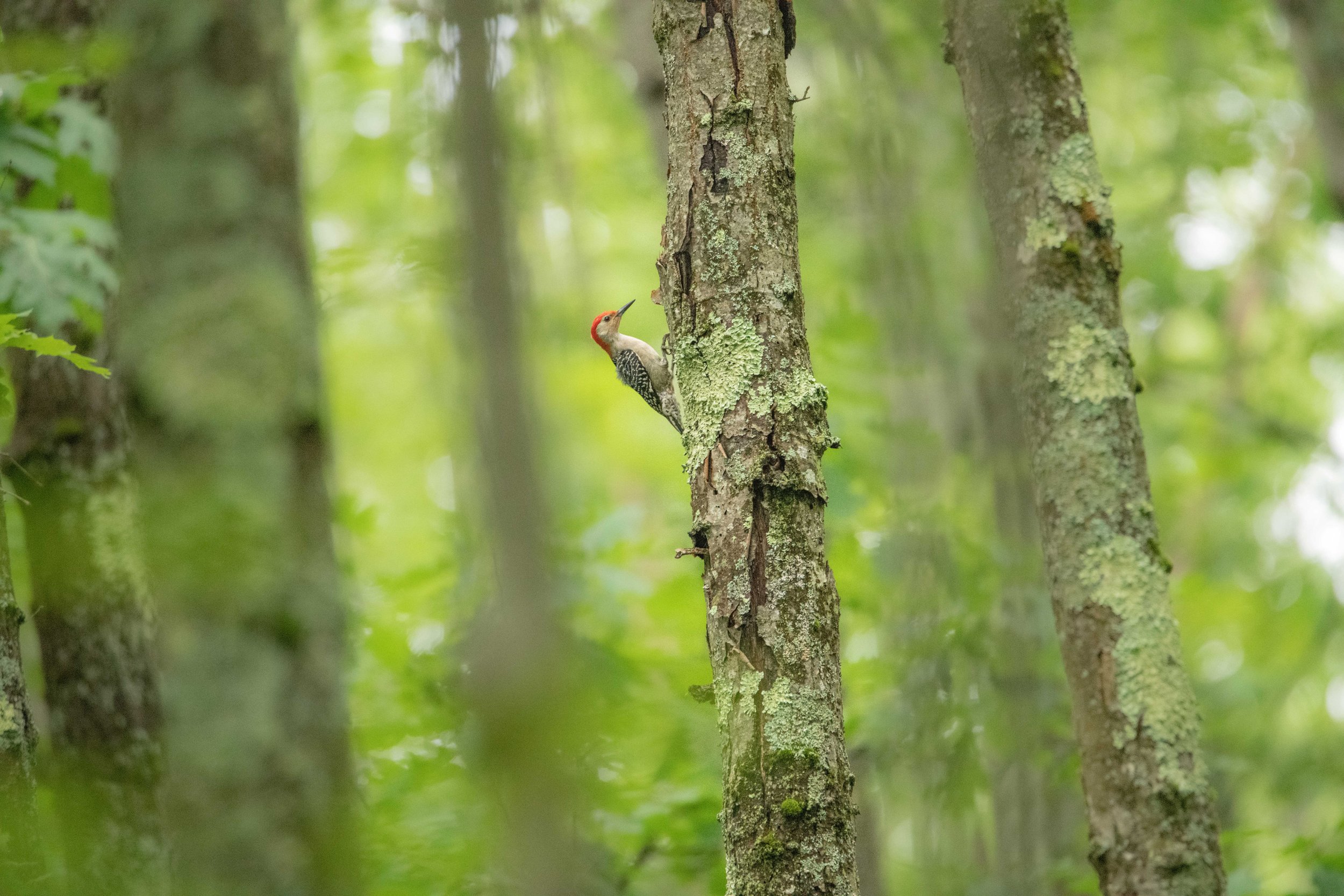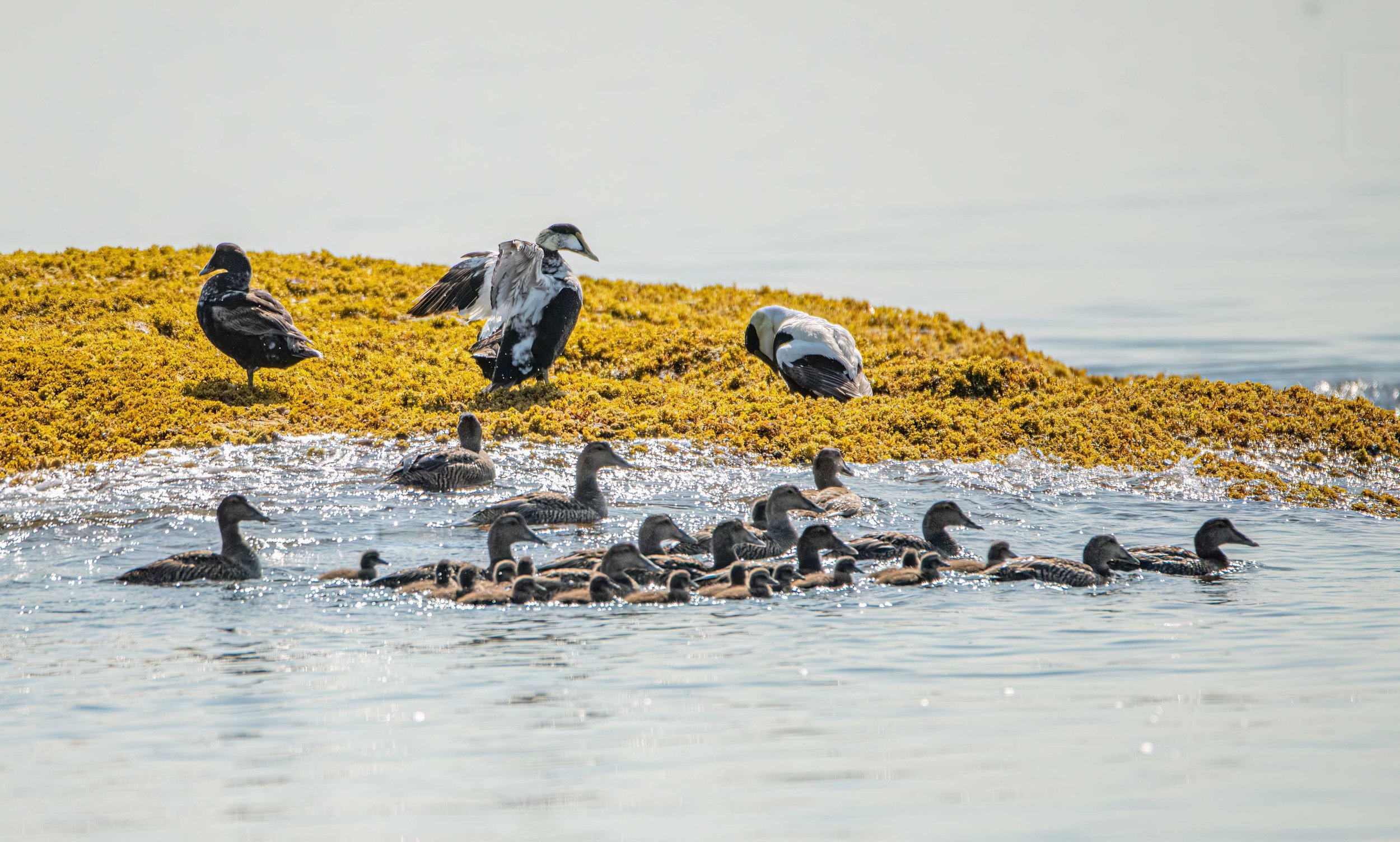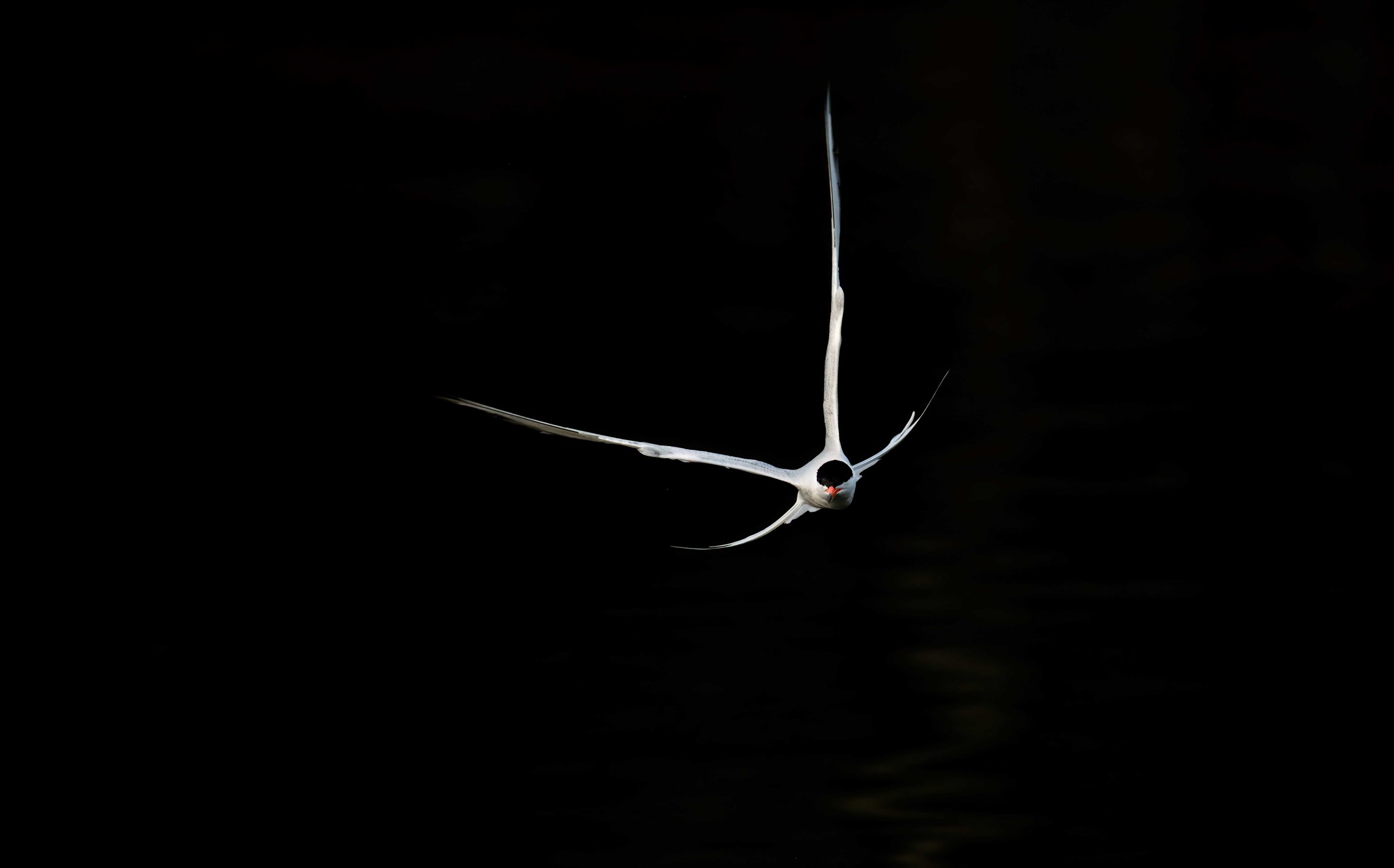A Week at Hog Island, Maine
Noah Brinkman
2023 BCAS Coastal Maine Bird Studies for Teens camp scholarship recipient. All photos in this article were taken by the author.
“Dear Future Noah”, I started writing, situated on rocks on the shore of Muscongus Bay. A cool breeze was blowing through the air, no clouds were in the sky, and the afternoon sun kept me warm. I was constantly distracted from writing by Common Terns fishing nearby. It was the last day of my stay at Hog Island, and as per camp tradition, everyone went on a solo walk across the island. After the hike, we all grabbed paper and pencils and wrote a reflective letter about our time at camp. These letters were to be mailed to us around a year after they were written. I most dreaded this activity, “writing a letter instead of birding?” I thought, “that sounds like a bad choice”. However, this activity would prove to be one of the highlights of my stay at Hog Island. In the past week, I met many amazing people, and we had done so many great things and seen so many great birds.
The first day of the trip was devoted to travel. The best itinerary I could find, allowing me to catch the afternoon shuttle to Hog Island, had me getting into Portland, Maine at midnight. It was dark and pouring rain when I walked from the terminal to the hotel a quarter of a mile away. I checked into the hotel and arrived at my room exhausted but unable to contain my excitement for the following day and the rest of the week. I set my alarm for 6:30 and went to bed.
I woke to my alarm and prepared for the day. A quick breakfast, then a walk around Portland to find some pre-camp birds. I visited several cool spots that morning, including a sanctuary with a good mix of habitats. I finished the morning with 44 species.
At the Hog Island shuttle, I met a couple other campers. On the hour-and-a-half drive from the airport, I got to talk with these campers, learning about their backgrounds and interests. Getting to the dock to Hog Island, while waiting for the boat, I checked in and met a few more campers. The boat arrived, we boarded, and minutes later, we docked at Hog Island.
Upon arrival, staff greeted us and gave us a rundown of the property. The educational camps at Hog Island began over 80 years ago after the National Audubon Society partnered with Millicent Todd Bingham in an agreement to conserve the island. In 2000, operations were transferred from National Audubon to Maine Audubon. Then, in 2010, operations moved once again. This time from Maine Audubon to Project Puffin. Project Puffin is a department that started in 1973 when Hog Island instructor Steven Kress began a puffin restoration project on Eastern Egg Rock. Since then, Project Puffin has grown substantially and still works to restore and protect seabirds under the umbrella of the Audubon Seabird Institute. Hog Island is a historic camp that boasts energetic and knowledgeable staff, incredible food, and a magical atmosphere.
After this introduction, I headed to my cabin and met a few more campers, including my roommates, and then spent a few minutes exploring the peninsula. Then, all the campers gathered in a big circle. This circle included both teen campers and adult campers. Attention moved around the circle as every person introduced themselves and shared some information they thought relevant to the group, including inspiring stories about how past visits to Hog Island had truly changed their lives.
Every evening at Hog Island, campers gathered to regale their tales from the day before having an incredible meal. This meal was followed by presentations of many sorts and a rundown of what activities the next day would offer.
Common Tern in early morning light
One of the days at camp, the instructors had planned an entire day of birding on the mainland. I woke up bright and early for a 5:00 a.m. bird walk on the island. It was a pleasant, overcast, and cool morning. We did not see many birds, but the sounds of crossbill flight calls, warbler songs, and other species vocalizing carried well through the crisp morning air. We had breakfast and were on the mainland by 9:00. Our first stop was a roadside wetland full of bird activity. Next, we made our way to the Hidden Valley Nature Center. This stop was a dream for any nature lover. We walked through a deciduous forest, delighted by the songs of Canada Warblers, Black-and-white Warblers, thrushes, and other species, as we searched for any bird we heard.
Along the way, we lifted logs and rocks in search of amphibians. We discovered many Red-Backed Salamanders and a surprise Spotted Salamander. Halfway through our hike here, we walked onto a boardwalk surrounded by a bog teeming with plant life. Campers could get views of orchids, mosses, and two species of carnivorous plants.
After this spot, we headed to the Great Salt Bay Farm Wildlife Preserve. This site was chosen because of its mix of wetland and grassland habitats, which provided us with several new species for the day. At this spot, Bobolinks, spring peepers, and aerial insects abounded.
Our final stop on the mainland was the Damariscotta Mills Fish Ladder, a stone ladder built to allow alewives (a herring) to travel upriver to spawn. The river had been blocked by mills, so the fish ladder allowed alewives to travel upriver by jumping from pool to pool. Here, we saw many alewives in the river below, as well as some that were using the ladder. This spot had Bald Eagles, Osprey, Great Blue Herons, and Herring Gulls utilizing the area as a plentiful food source.
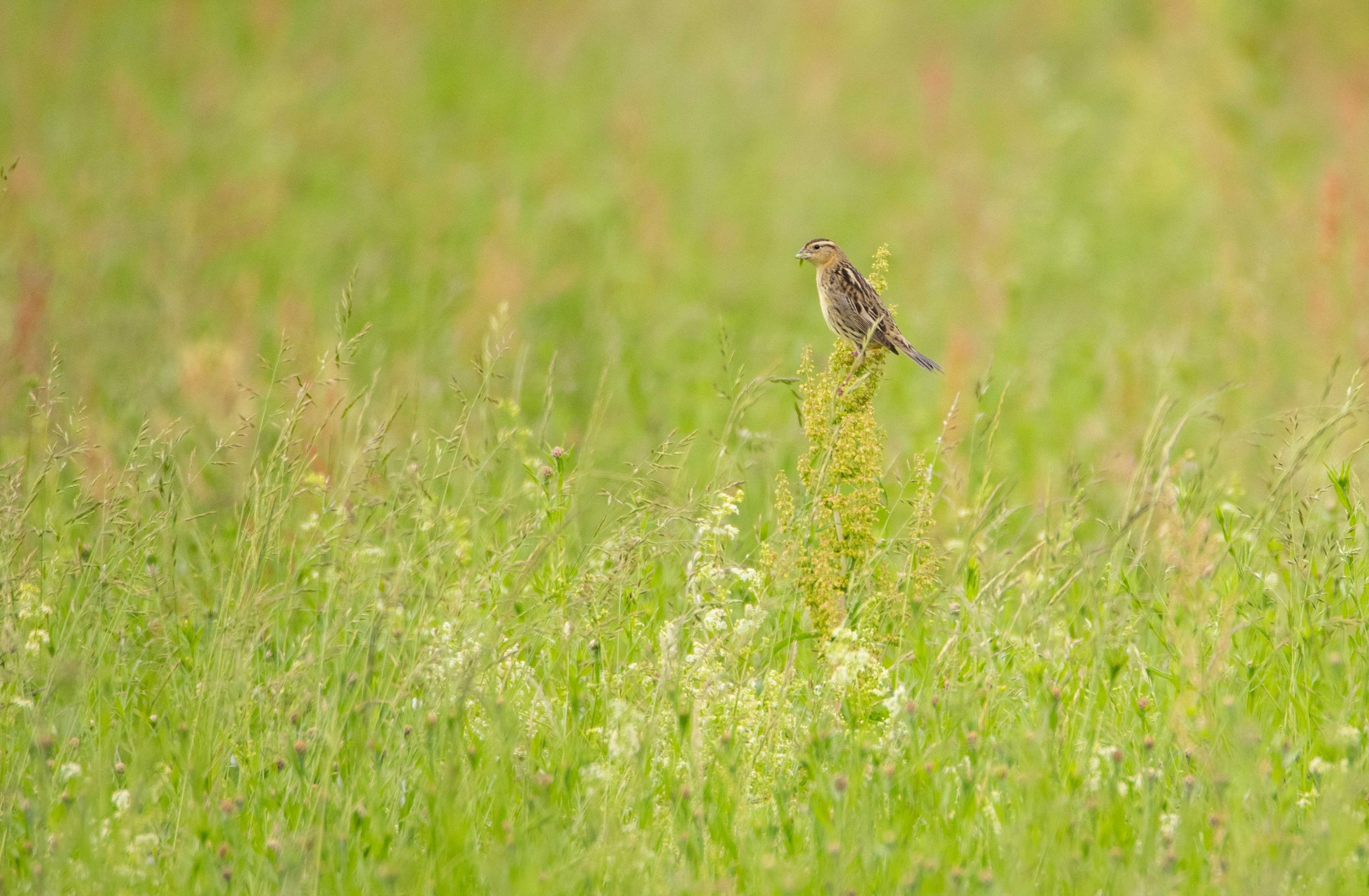
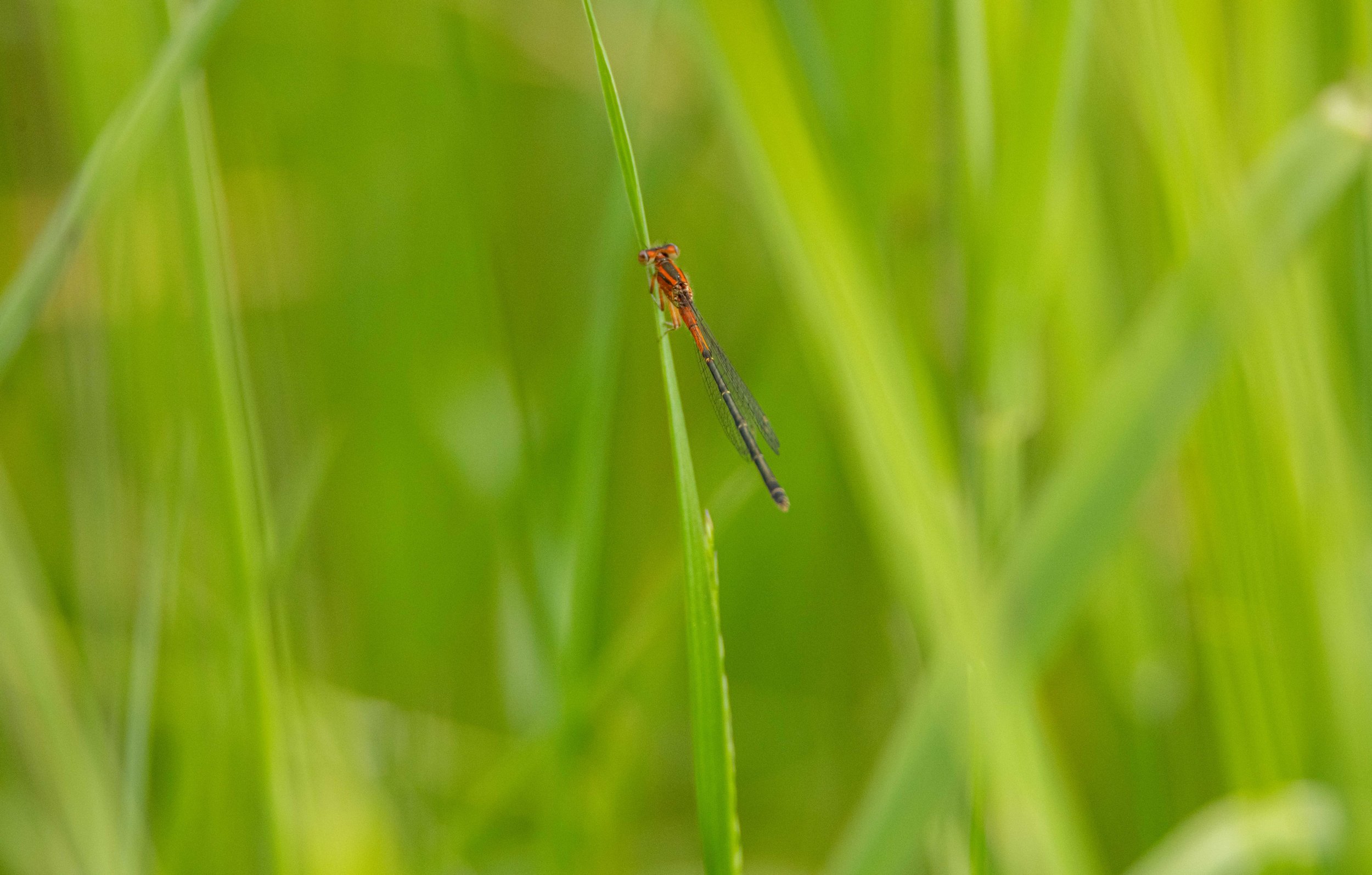
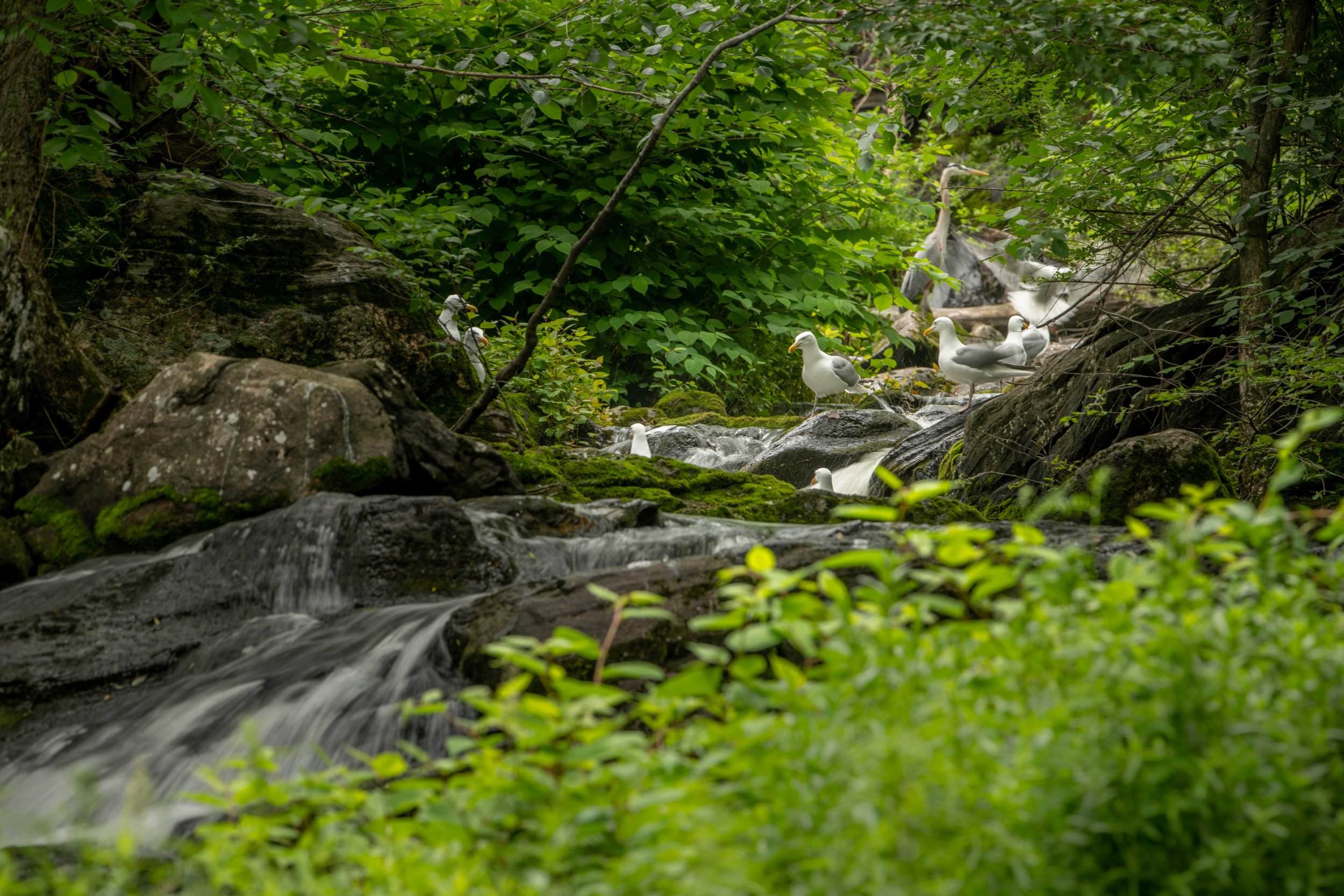
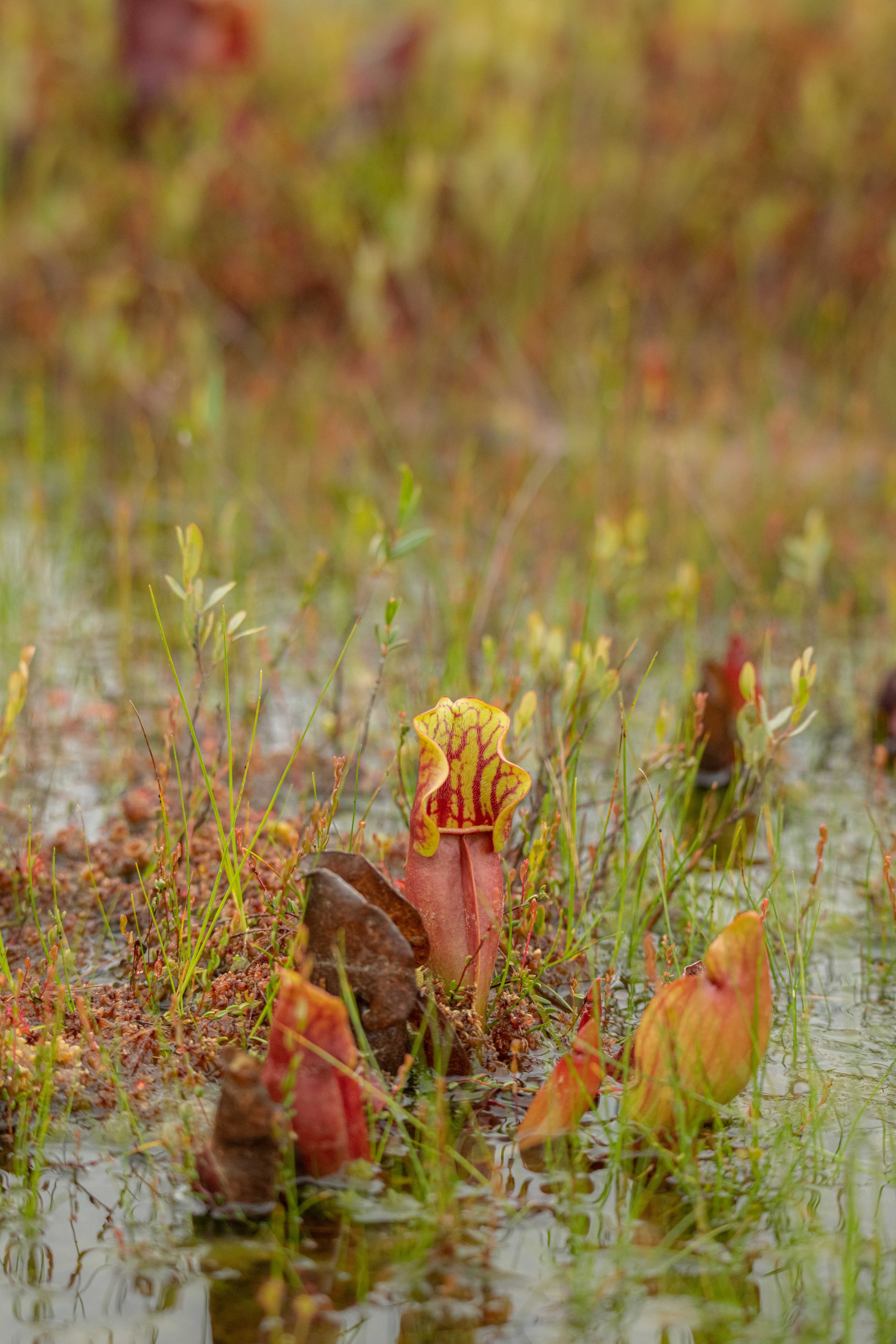
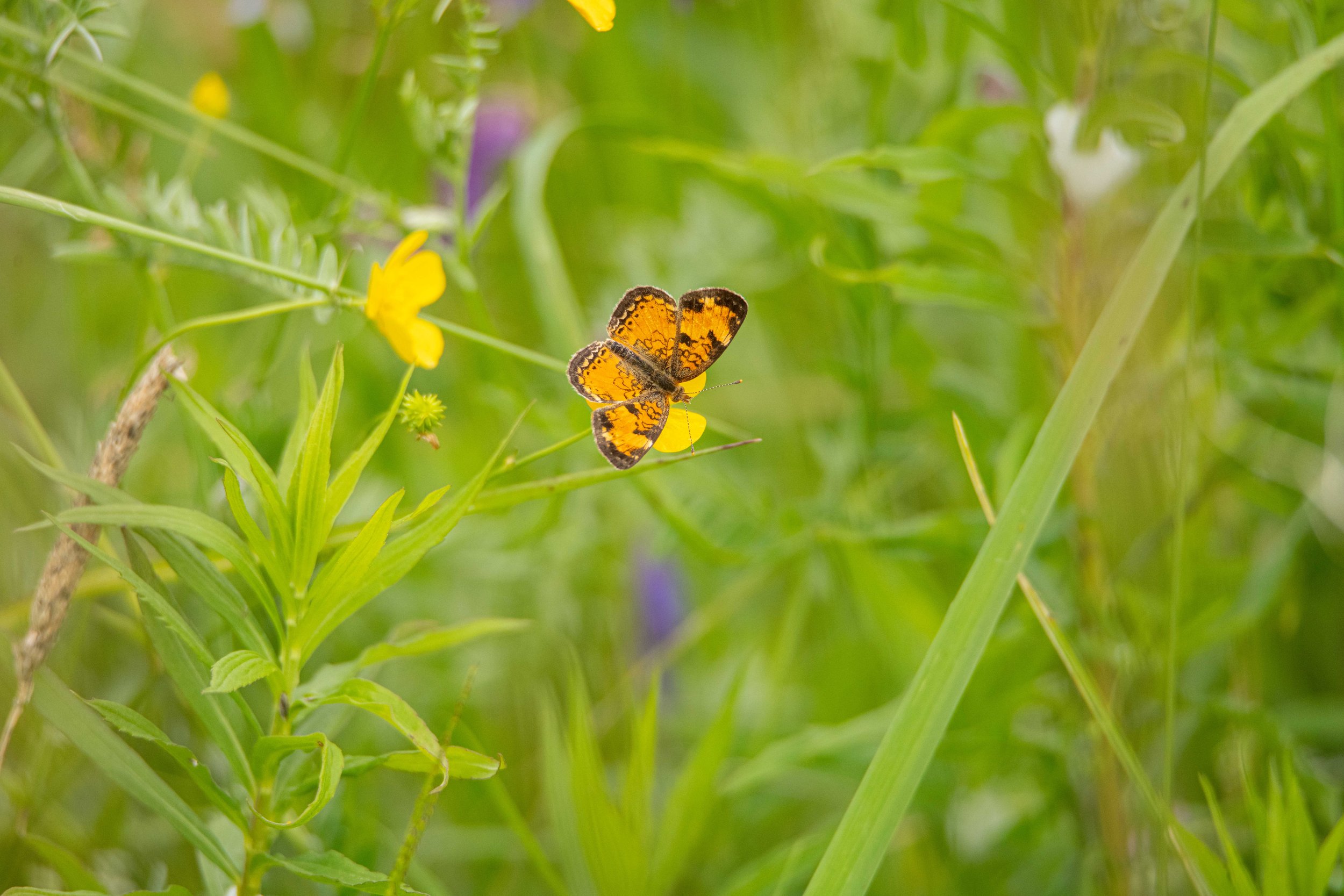
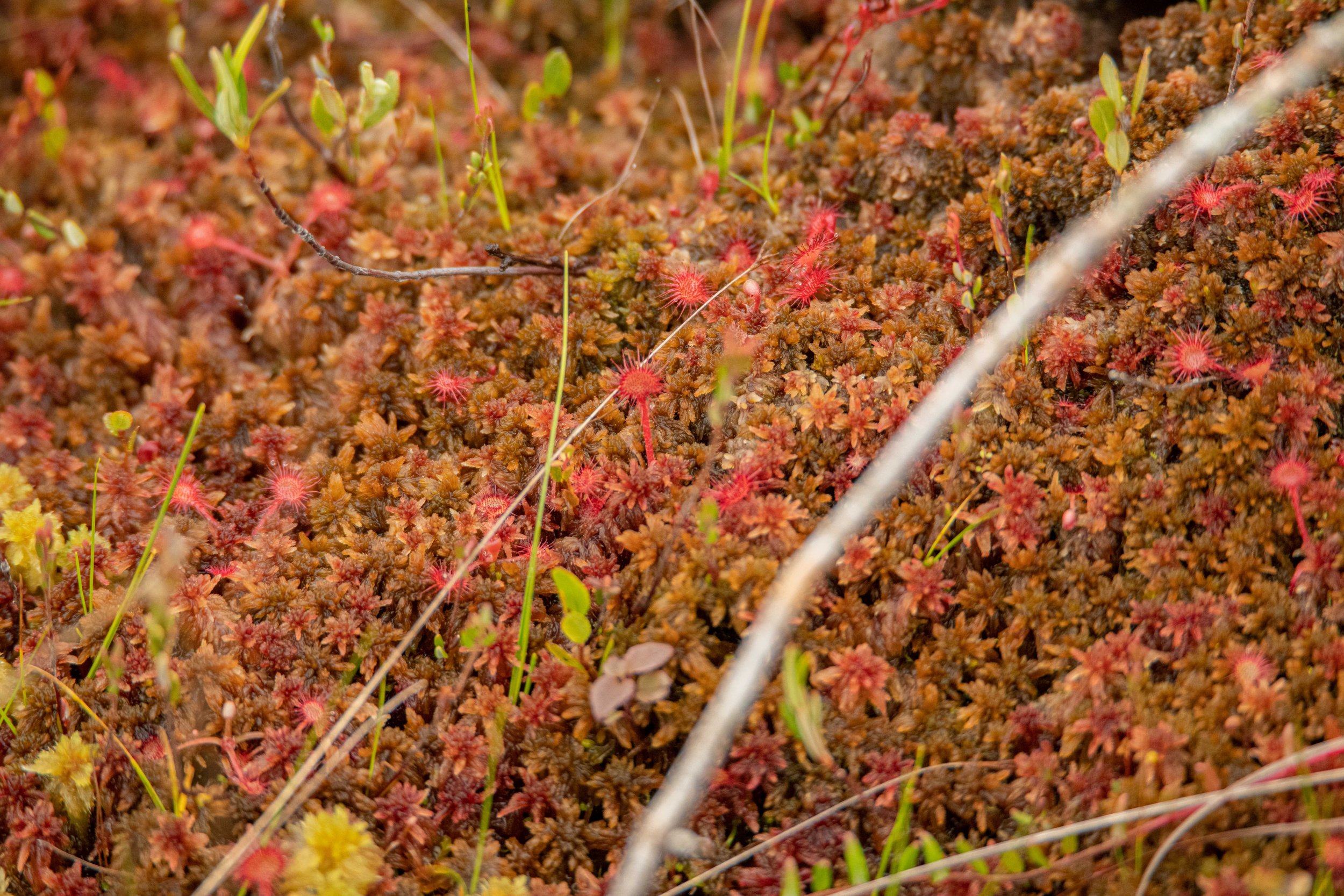
Perhaps the teen campers’ most anticipated day at Hog Island was when we went to Eastern Egg Rock. The Coastal Maine Bird Studies for Teens camps are essentially the only Hog Island camps that ever land on Eastern Egg Rock, so it was sure to be a unique experience. That morning, we got ready to go and then had breakfast. However, before heading out to the island, we had to undergo some training.
Our instructors gathered us all and set up an “obstacle course” to mimic the conditions we would encounter on Eastern Egg Rock. They explained that since the island is the first restored seabird colony, we were to be extra careful to minimize our disturbance on the island. The island has one main path that runs through it, and several species of birds nest on this path alone. The obstacle course that they had set up was designed to mimic this path. There was a chair outline to create the trail, and the route was full of “nests”. We were instructed to walk along the path while watching it the whole time, and whenever a nest was encountered, we had to ensure the person behind us knew of it. We had to look back at them, point to the nest, and say “NEST”. To make sure the obstacle course was as close to the actual conditions as possible, they played seabird noises over a loudspeaker and lightly tapped camper’s heads with pool noodles as they walked through to mimic the dive bombing of angry parents that was sure to happen. After several runs through the obstacle course, we were off to Eastern Egg Rock.
On the boat ride, we had great views of the coast of Maine and enjoyed some pelagic birding. On this boat ride, I had my only life birds of the trip: Roseate Tern and Wilson’s Storm-Petrel. As we approached the island, we started to see the bird it is best known for…
Atlantic Puffins.
We saw more and more as we got closer, and once we dropped anchor, we were briefed on the landing procedure. Campers were to transfer from the larger boat, the Snow Goose II, to a smaller row boat that would go the rest of the way to the island. As the first group began to board the boat, someone spotted a Razorbill. This was a target species for me, so I was incredibly excited to see it. This individual was the first of at least 4 we would encounter that day. Finally, it was my turn to board the rowboat. We landed on the island, and I scrambled over kelp-covered rocks to join the waiting group of excited campers.
We did several things on Eastern Egg Rock, including meeting the researchers stationed on the island, touring their camp, and sitting in small blinds positioned throughout the island. These blinds provided me with incredible views of Black Guillemots, Atlantic Puffins, Laughing Gulls, three species of tern, and several other species. The experience on Eastern Egg Rock was amazing, and I enjoyed every second.
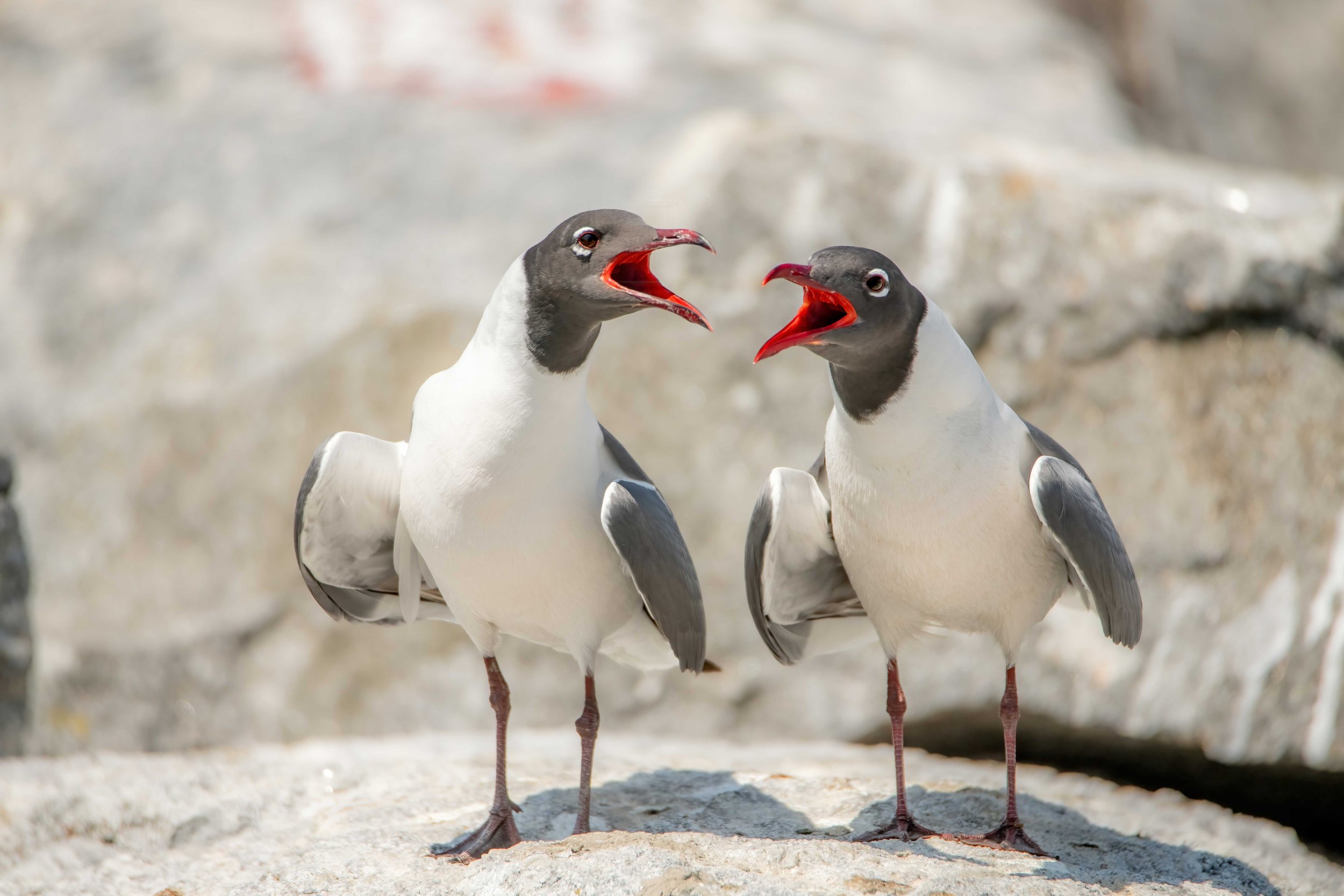
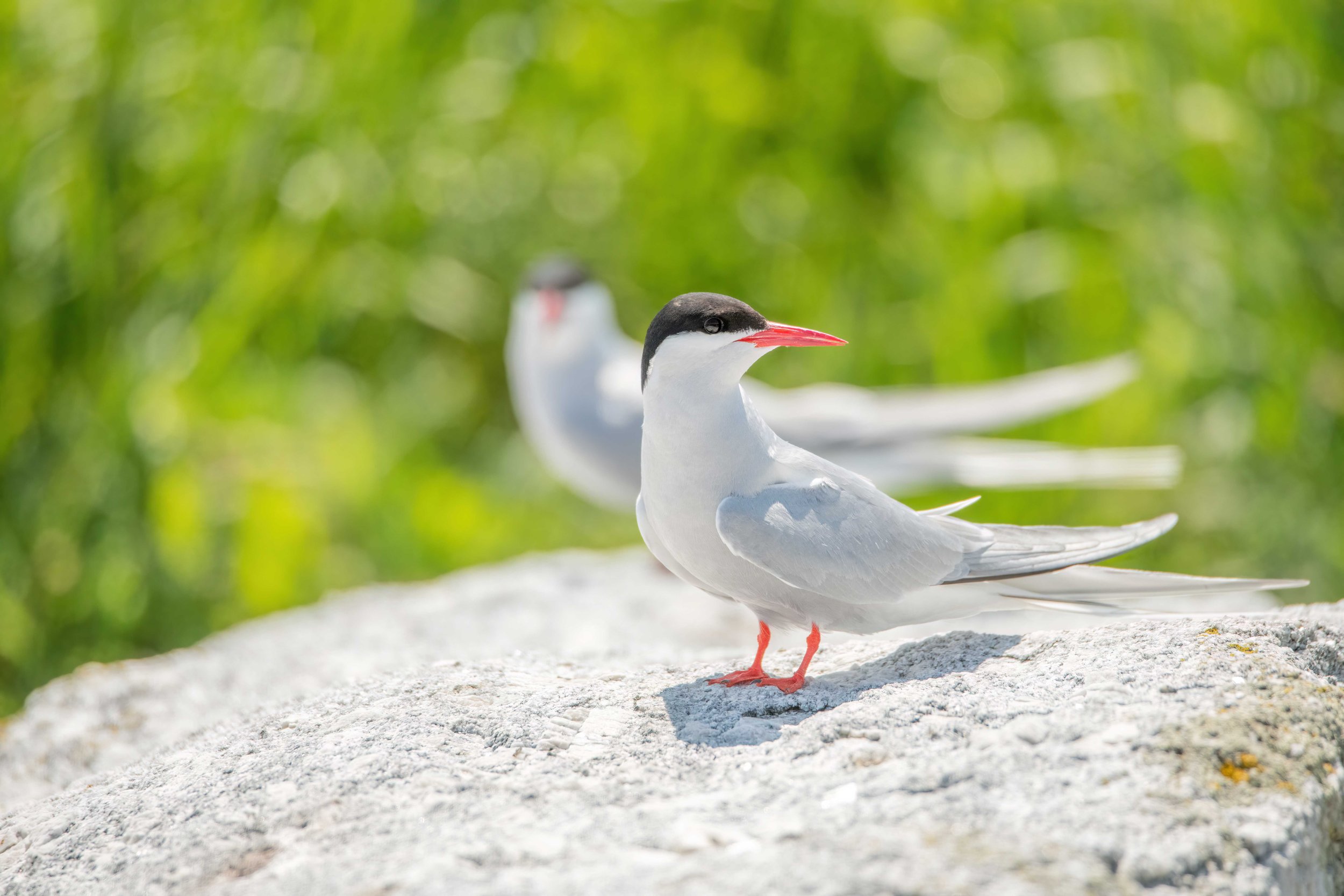
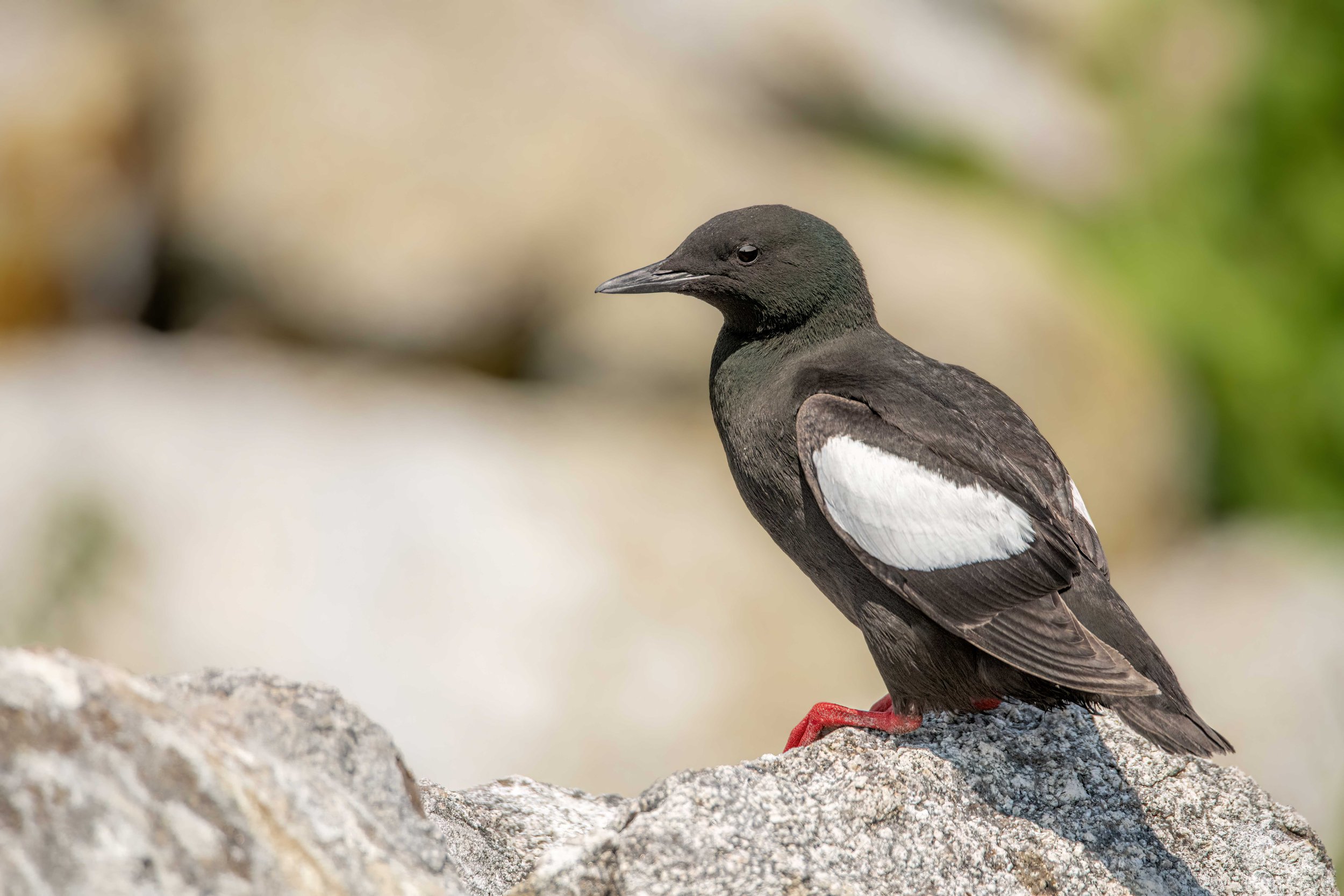
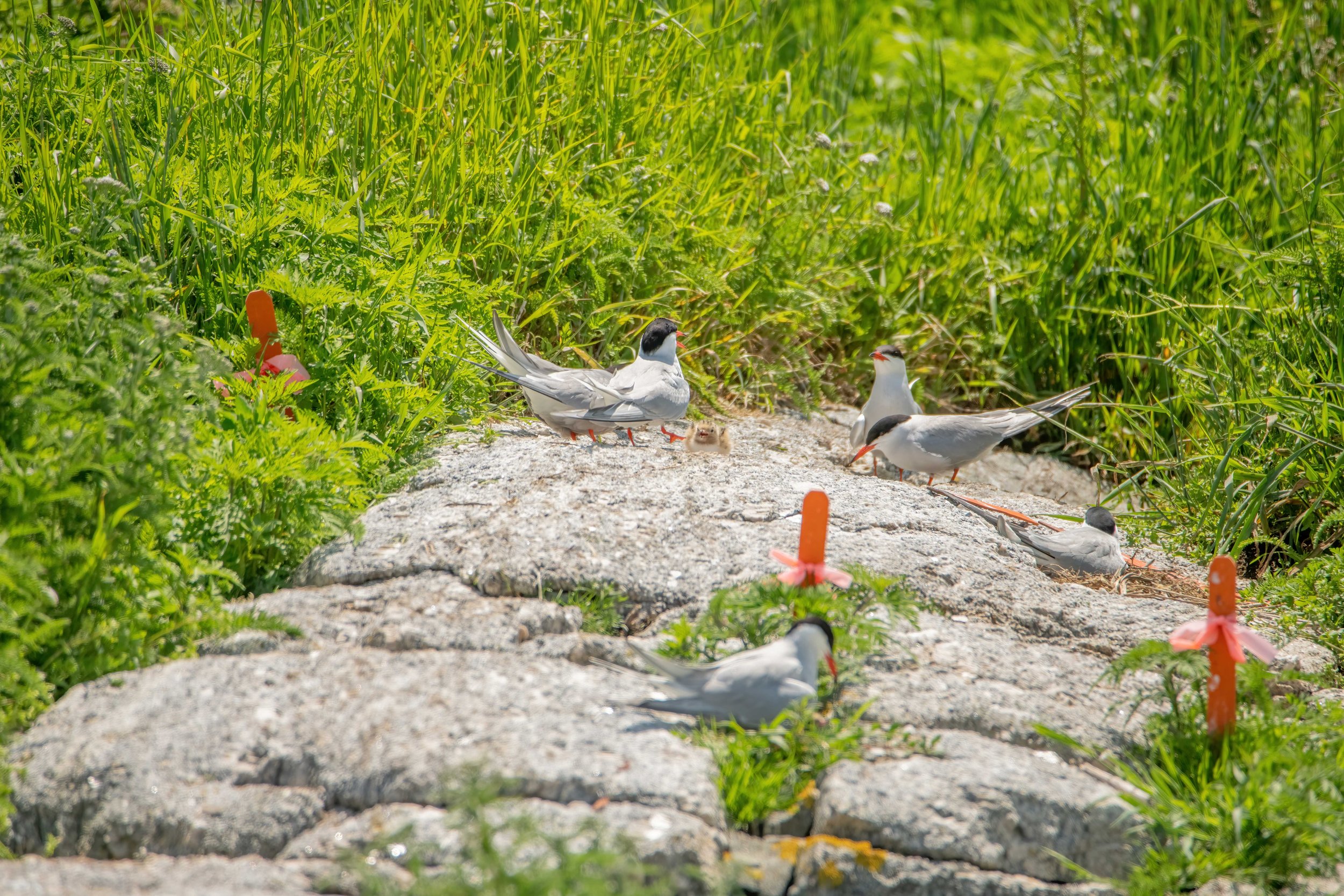
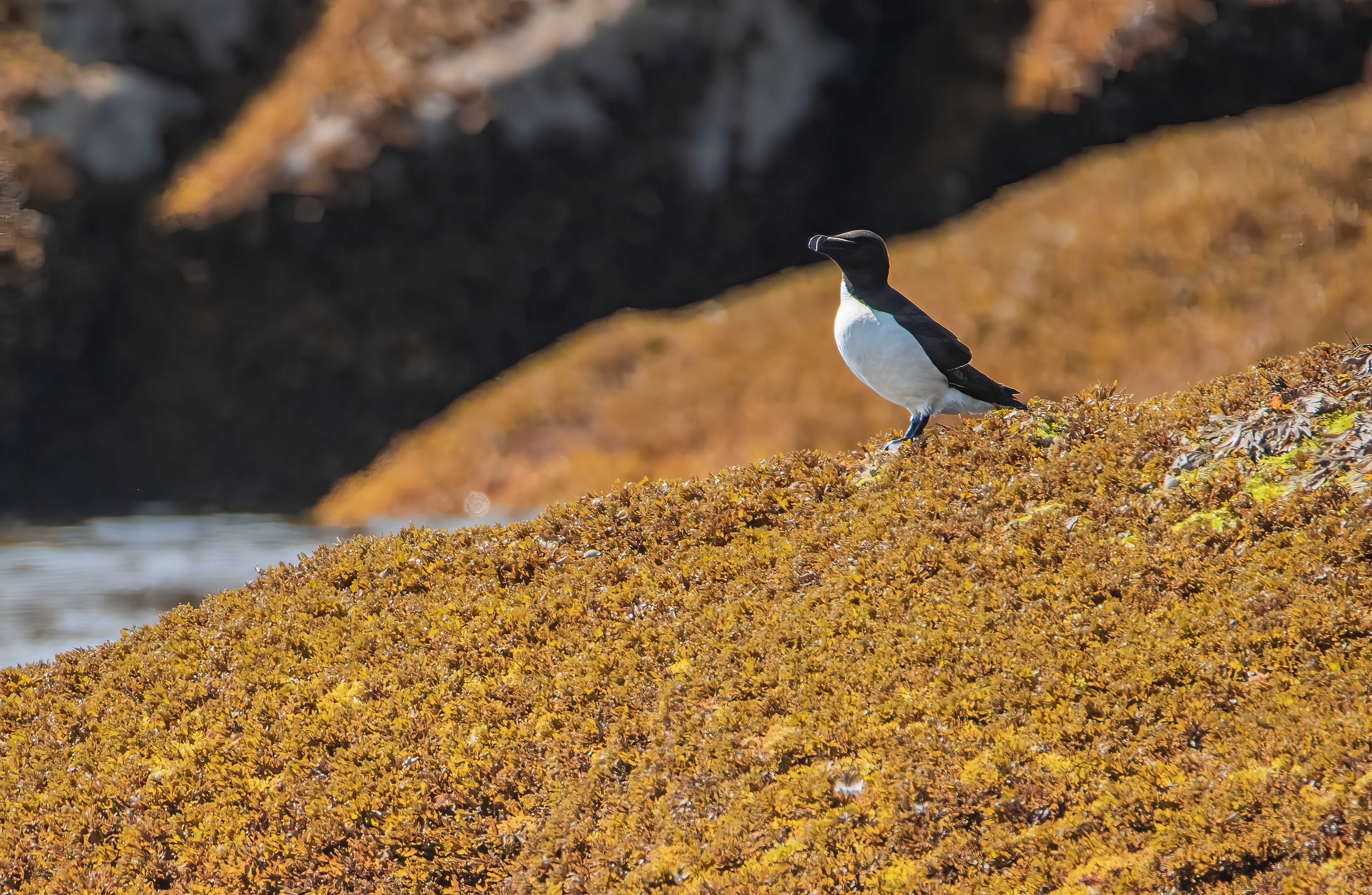
Many other details about this camp also made it incredible, including playing hacky sack and rock skipping during free time, an intense bio blitz competition, informative and entertaining evening lectures, foggy mornings, and the chorus of gray treefrogs.
My time at Hog Island was an unbelievable experience filled with remarkable birds, fantastic activities, and the best of people. It was an unforgettable camp, and I am deeply grateful for the Boulder County Audubon Society and their scholarship that allowed me to attend the camp. Thank you so much.
Boulder County Audubon Society annually offers scholarships to teens to attend birding camps. Students 15-17 years old who reside in Colorado are invited to apply for these scholarships. The application typically opens in December with a due date in January or February. Preference is given to Boulder County Audubon teen naturalists and students who indicate financial need. Awardees demonstrate a strong interest in natural sciences.
These scholarships are funded in part by the Interludes with Nature field trip series. Sign up for next year’s trips at the holiday party just before the BCAS November program.
Common Tern

